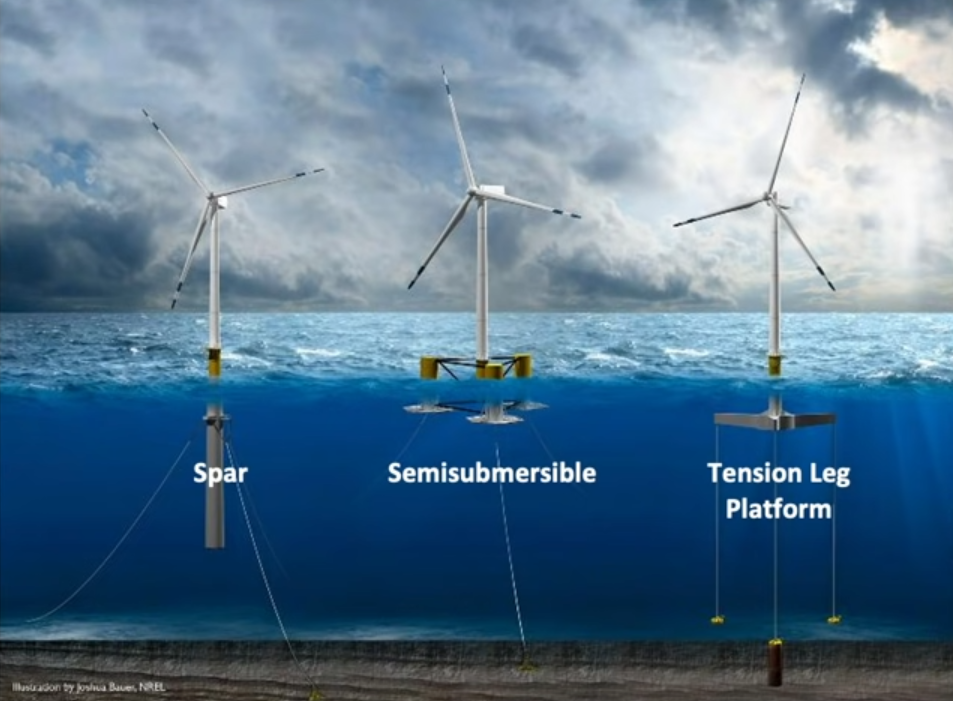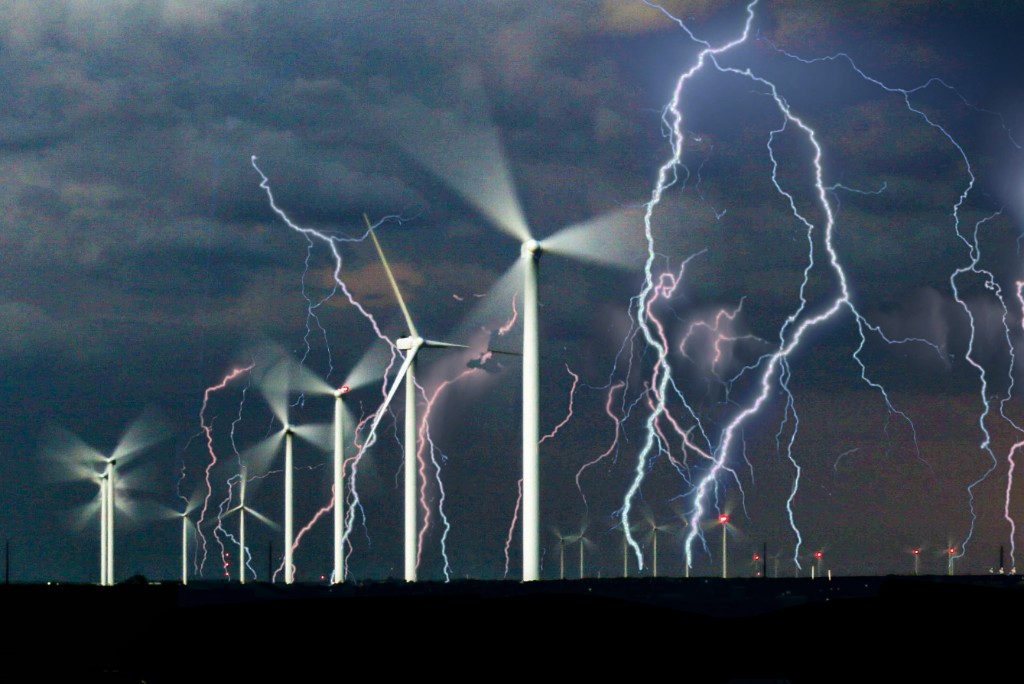
Floating Offshore Wind Turbines Explained
Overview of Floating Offshore Wind - National Renewable Energy Laboratory Webinar - March 17, 2020

Lightning Science and Wind-Turbine Electric Generator Protection
A celltower in Switzerland is struck by lighting more than 100 times per year. Scientists collect data there which may lead to lightning-resistant wind-turbine electric generator designs.

Four States Generate More Than Half of U.S. Windpower
Texas, Oklahoma, Iowa, and Kansas lead the nation.

Bats, Birds, Whales & Windpower: U.S. DOE Awards $6.2 Million for Impact Reduction R&D
The projects will develop technology solutions to environmental siting and operational challenges to reduce wind project permitting time and costs.

Western U.S. Renewable Electric Energy is 42% of Total
West leads in conversion to renewable electric power.